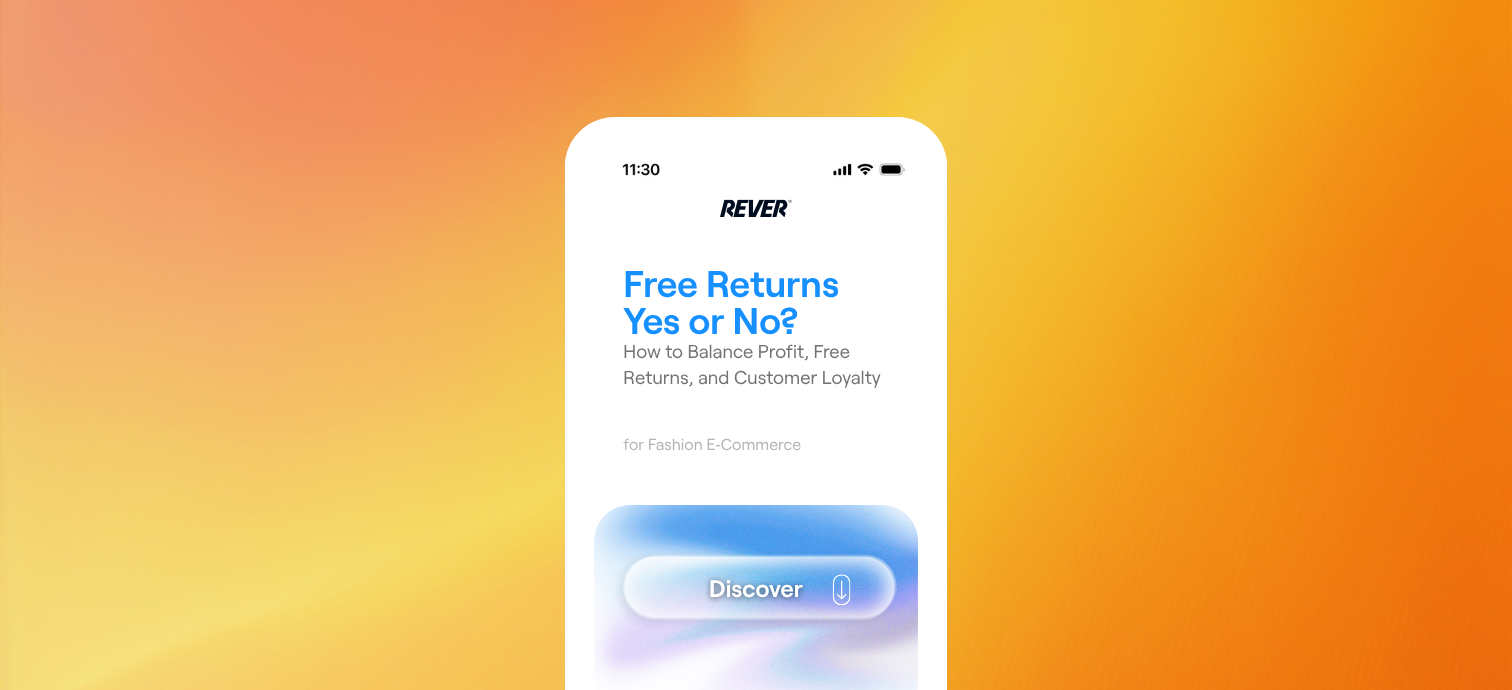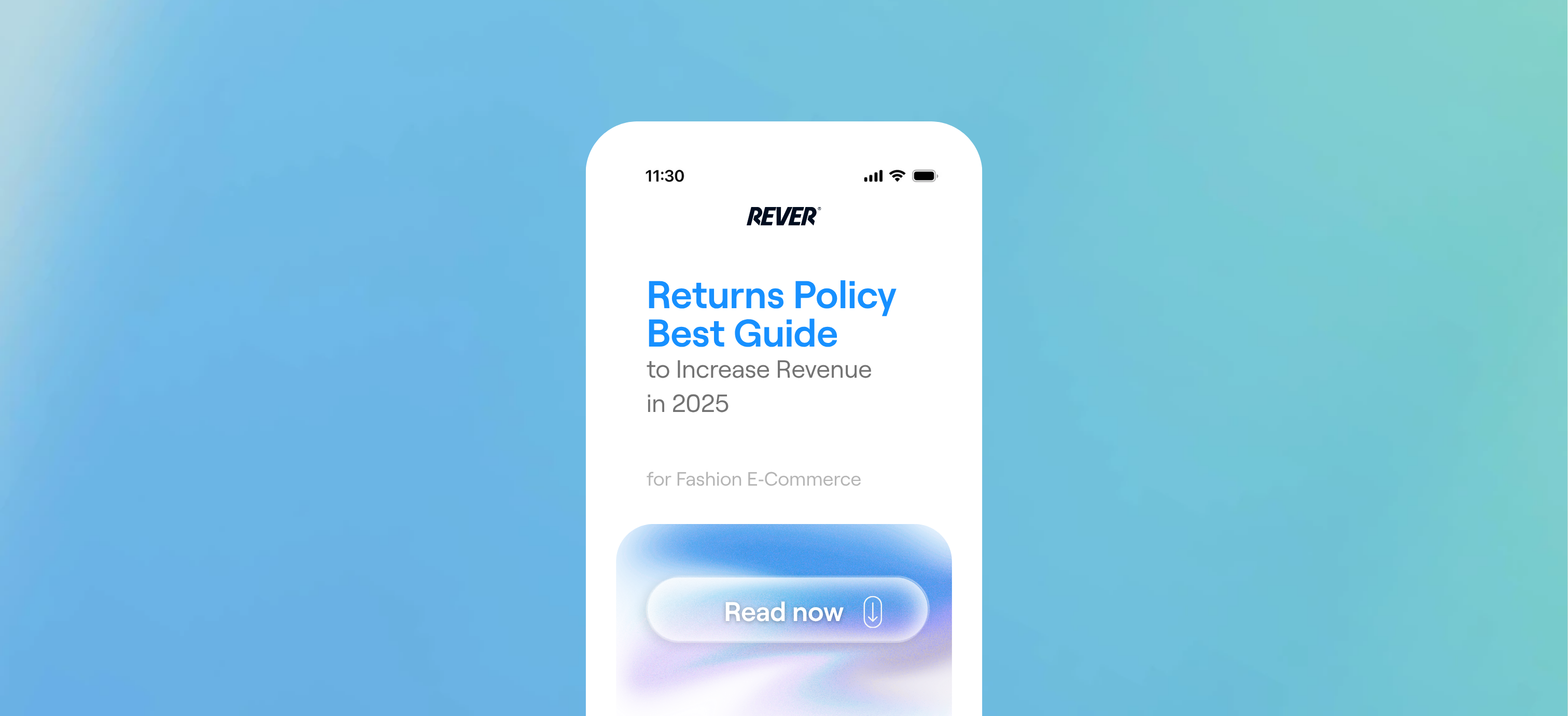FREE RETURNS: YES OR NO?

How to Balance Profit, Free Returns, and Customer Loyalty
The question “Should we offer free returns?” is one of the biggest dilemmas in modern eCommerce. With online sales growing globally, your returns policy can make—or break—both profit and loyalty.
So, what’s the right approach? Let’s explore both sides — and how REVER can help.
The Customer Perspective: Free Returns Build Trust and Loyalty
From the shopper’s point of view, free returns remove risk. No penalties for damaged items, wrong sizes, or products that don’t match online images.
Free return policies also boost brand trust. A seamless, easy post-purchase experience tells customers: “We’ve got your back.” Customers are 2x more likely to buy again from a brand with generous returns.
📌 Did you know? 67% of consumers check the return policy before buying.
Learn more about how seamless returns drive repeat purchases.
The Business Perspective: Costs and Risks of Free Returns
Free returns aren’t actually free. They can impact margins and open the door to fraud or over-ordering.
Charging for returns reduces risk, but it also adds friction, which can lower conversions. In fashion or high-return categories, cumbersome return policies can stop customers from buying altogether.
Check out why automated returns reduce costs and friction.
The Psychology of Perceived Value
Customers love “free” because it feels simple and valuable.
- €50 + FREE shipping = better perceived value than €43 + €7 shipping. Smart brands embed return costs into product pricing to protect margins while keeping customers happy.
Smart Alternatives to Full Free Returns
If free returns aren’t sustainable, consider these hybrid approaches:
- ✅ Free returns for first-time customers to boost conversions.
- 🧾 Charge for shipping, but not returns (especially for fashion).
- 💳 Offer instant exchanges instead of refunds (REVER keeps revenue in-house).
- 📈 Set minimum thresholds: “Free returns on orders over €60.”
Learn more about turning returns into revenue with REVER.
Q&A Style: Common Customer & eCommerce Questions
Q: Will offering free returns hurt profits? A: Only if your pricing doesn’t account for it. Smart brands embed shipping costs or incentivize exchanges to protect margins.
Q: How does a free returns policy impact conversions? A: It reduces buyer hesitation. 67% of shoppers check return policies first — free returns significantly increase the likelihood of completing a purchase.
Q: Can returns be automated to save money? A: Yes! Tools like REVER automate refunds, exchanges, and shipping labels — reducing friction and operational costs.
Q: What’s the best strategy for fashion eCommerce? A: Offer free returns or exchanges for clothing items. Size, fit, and color variations make returns common, so reducing friction drives repeat purchases.
The Long-Term View: Returns as a Retention Channel
Returns are not just a cost — they’re a chance to turn first-time buyers into loyal customers.
89% of customers say they won’t buy again after a bad return experience.
REVER helps brands:
- ✅ Make returns easy and automated
- ✅ Process refunds and exchanges faster
- ✅ Keep customers happy and coming back
Final Thoughts: Find Your Balance
There’s no one-size-fits-all answer.
- Free returns = higher conversions but more risk.
- Paid returns = lower risk but potentially lower sales.
The best brands find a hybrid approach — one that protects margins while delighting customers.
Learn more about how REVER transforms returns into a revenue channel












































